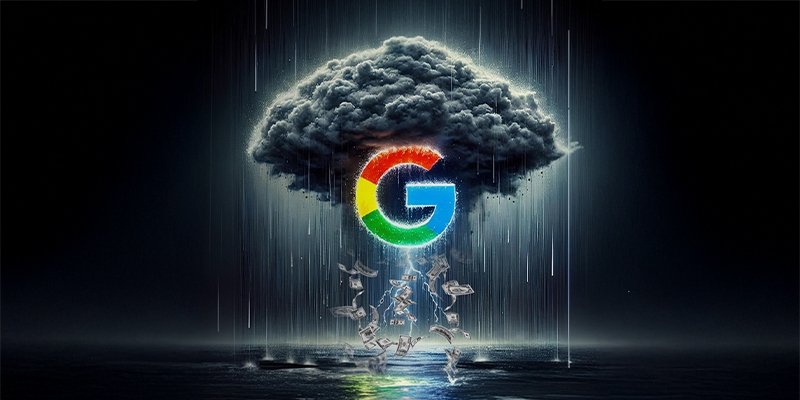Remember the fundamental tenets of marketing, the 4 Ps: right product, right place, right price, right promotion? They were missing a fifth: right person, because personalisation ought to be at the heart of marketing. In the age of mass media, the right audience was a picture painted with broad brushstrokes. With data it’s incredibly refined and precise, right down to the individual, and, essentially, at scale.
When Apple introduced its opt-in tracking option, many wondered what the take-up would be. After initial forecasts of 40%, the rate now stands at around 12%. It seems Apple users, at least, have not seen the value of personalisation based on data. Admittedly, opting in to being tracked is an unnatural choice in an age when privacy rules. Unless it brings valuable benefits.
The pandemic has forced people to try, and often adopt, new shopping behaviours. In the USA, for example a survey has found that about 75% of consumers tried a new shopping behaviour since the first wave, and more than 8 in 10 of those have embraced them. From these they expect convenience, rather than hindrance, and in this personalisation plays a key role.
Meeting expectations
E-commerce became the only option for large segments of the world population, some for the first time. Expectations ran high for both consumers and businesses. It had to feel natural and intuitive, simple and effective. E-commerce was seen as, and still is, a great feat for technology and buying online, that is why resources such as processing and distribution services needed to be high to meet the expectations of those using these platforms. A McKinsey study has found that 71% of consumers expect companies to deliver personalized interactions and when it doesn’t happen, 76% get frustrated when this doesn’t happen. To the point of taking their business elsewhere. On the upside, personalisation most often drives a lift 10 to 15% in revenue lift, research show, even as high as 25% in certain sectors and conditions.
Personalisation can play a key role in traditional and B2B marketing techniques where understanding client needs becomes paramount to the success of a new service or product. Even at large-scale events where hundreds if not thousands of potential customer interactions happen, utilizing a rental exhibit that can be customized based on data-driven client preferences can go a long way in improving brand image and trust.
It’s driven by the feeling of being more than a number or a transaction. Being recognised, valued, and thanked is as important to people online as it is in real life.
It starts with a sharp understanding of customer behaviours. Through data and analytics, particularly first party data enriched with other data sources, marketers get a granular view of the value of various customer segments and microsegments. Thanks to an informed grasp of their preferences, including through tailored surveys, they can identify the personalisation levers they need to activate to reach their goals. Our SMART data management platform, which comprises billions of device IDs and more than 40 data layers, typically matches more than 75% of first-party data sets for enrichment.
Speaking the same language
Personalization is especially effective at driving repeat engagement and loyalty over time. Recurring interactions create more data from which brands can design ever-more relevant experiences that generate strong, long-term customer lifetime value and loyalty.
In a survey, 66% of first-time customers say they are influenced by messages tailored to their needs. Over 50% prefer these messages too be sent at key moments or based on their behaviours. We have found location data to be a particularly useful attribute for relevant communications though the funnel, from building awareness in the right context to the last push for conversion. Another is affinities, which we determine through technographic data.
With Dynamic Creative Optimisation, brands can create and serve messages that respond to customer signals in real-time. They leverage predictive analytics and models to determine what content and messages to serve which customers, when and where.
Technology and data allow modern marketers to reconcile brands and consumers, making personalisation work for both. By giving people more of what they want, recognition, relevant and rewarding brand experiences, and less of what they don’t want, irrelevant, incessant interruptions, marketers can begin to make tracking desirable.






